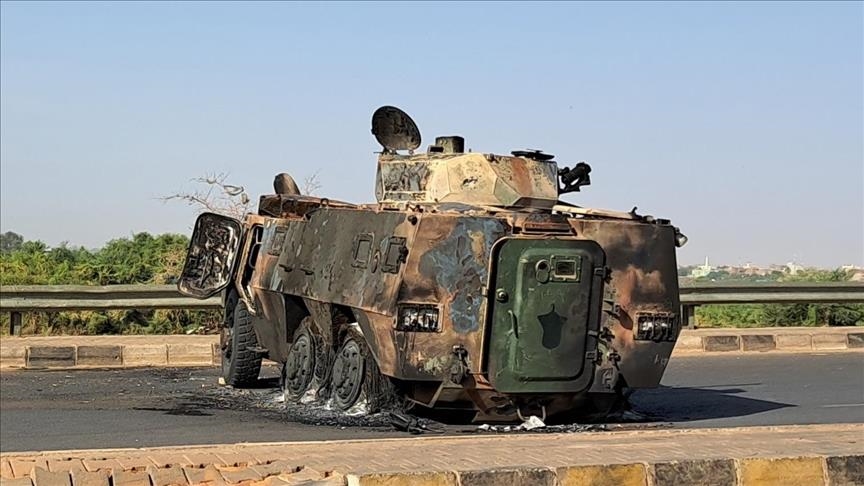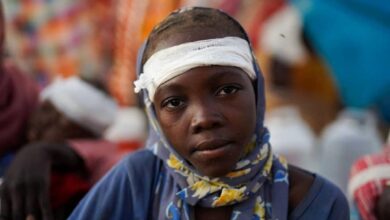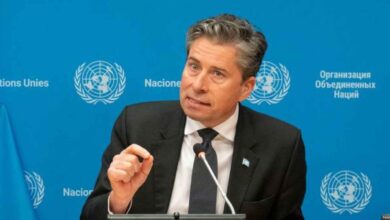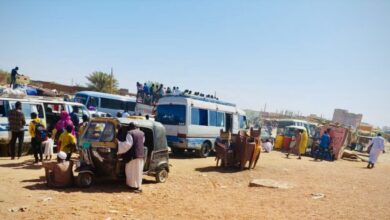
The war raging in Sudan for over two years reached a major turning point last Sunday, when the Rapid Support Forces (RSF) seized control of El-Fasher, giving them dominance over the entire Darfur region in western Sudan, while fighting has intensified in the neighboring Kordofan region.
The conflict, which broke out in mid-April 2023 between the army led by Abdel Fattah al-Burhan and the RSF commanded by his former ally Mohamed Hamdan Dagalo, known as Hemedti, has effectively divided the country into separate zones of control.
Following the fall of El-Fasher—the capital of North Darfur State—the RSF now controls the west and parts of the south, while the army holds the north, east, and central regions, including Khartoum.
The war has killed tens of thousands of people and displaced millions, leaving around 25 million Sudanese facing acute hunger. The United Nations describes the situation as “the world’s worst humanitarian crisis.”
Experts warn that the RSF’s capture of El-Fasher could signal a new partition of Sudan and the repetition of atrocities similar to those that occurred in Darfur in the early 2000s.
—
Darfur: The Long Siege of El-Fasher
After an 18-month siege and fierce battles with the army, the RSF captured El-Fasher last Sunday. Since then, reports and satellite images have shown increasing evidence of atrocities and ethnic violence against civilians, supported by field accounts and circulating videos on social media.
On Monday, UN High Commissioner for Human Rights Volker Türk warned of a growing risk of “ethnically motivated violations and atrocities” following the RSF’s takeover of the city.
Humanitarian organizations have long warned of potential abuses targeting non-Arab communities, particularly the Zaghawa, similar to what happened to the Masalit in El-Geneina, the capital of West Darfur.
According to UN experts, around 15,000 people—mostly Masalit—were killed in 2023 in massacres attributed to the RSF.
In April 2025, the RSF seized the Zamzam refugee camp near El-Fasher after a bloody assault.
The camp, once home to 400,000 displaced people (according to the UN), is now deserted and reportedly being used as a base for foreign fighters.
By late September, the RSF also captured the Abu Shouk camp, north of El-Fasher, which had sheltered 200,000 displaced people last year. Most have since fled, according to the UN.
In South Darfur, the RSF has established a parallel administration in Nyala, the state capital, to govern areas under its control.
The army accuses the United Arab Emirates of supplying the RSF with weapons and drones through Nyala Airport—an accusation Abu Dhabi denies. The army has responded with airstrikes targeting the site.
—
Escalation in Kordofan
Fighting has intensified in recent months in the Kordofan region, which borders Darfur. The area includes vital oil fields, farmland, and smuggling routes.
On October 25, the RSF announced its capture of Bara, a key town in North Kordofan, strategically located on the route connecting Darfur to Khartoum.
The RSF now besieges El-Obeid, the regional capital.
In South Kordofan, the RSF and its ally—the Sudan People’s Liberation Movement-North (SPLM-N)—are jointly besieging Kadugli and Dilling, home to roughly half a million people.
The RSF has also targeted oil infrastructure, including an attack on the Heglig refinery in August.
—
Relative Calm in Khartoum
In March, the army launched a major operation to drive the RSF out of the capital. By May, it declared the “complete liberation of Khartoum State,” including Omdurman and Bahri.
In recent months, the government has begun efforts to rebuild the capital, repairing hospitals, schools, and telecommunications networks—symbolizing a military and political recovery.
However, this calm has been fragile.
In October, the RSF carried out attacks in Khartoum, targeting military and civilian sites, including artillery shelling in earlier months.
In May, RSF drones struck Port Sudan on the Red Sea coast—previously untouched by the war—causing infrastructure damage.
Port Sudan serves as the temporary headquarters of the army-backed government, hosting international organizations and diplomatic missions.
In August, RSF drones attacked Tamboul State, southeast of Khartoum.
This week, drone strikes hit White Nile State in the south, targeting an airbase, fuel depots, a power station, and a military site.
—
Overall, Sudan remains deeply divided, with RSF control entrenched in Darfur and Kordofan, and the army holding central and eastern Sudan. The humanitarian catastrophe continues to deepen as both sides show little willingness to end the war through negotiation.




